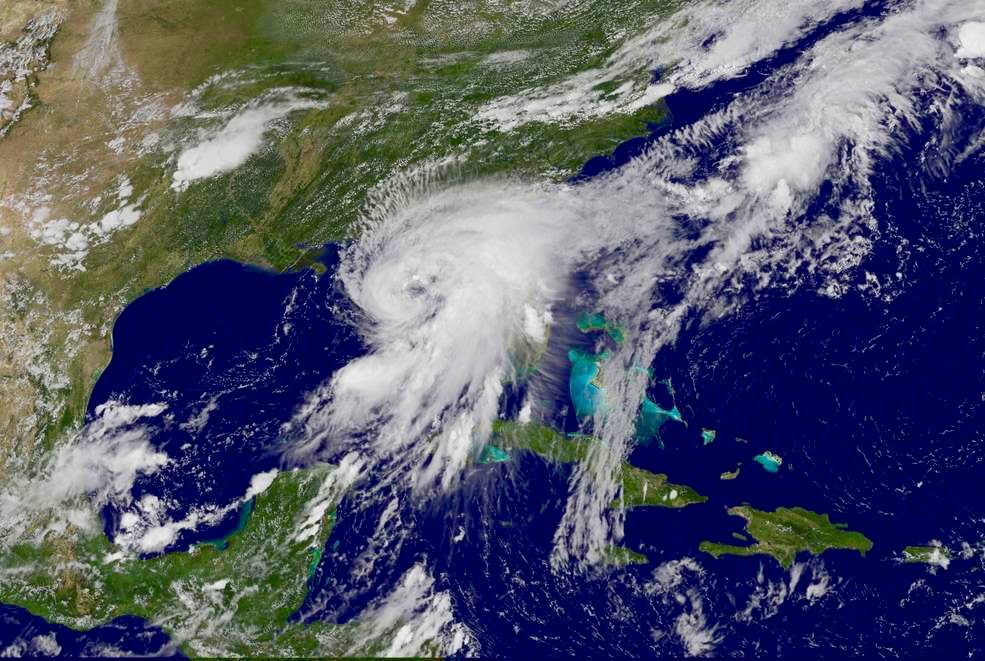Hermine Slams Florida, Georgia
STORM HEADED FOR THE CAROLINAS … Hurricane Hermine slammed into Florida’s Big Bend in You must Subscribe or log in to read the rest of this content.
STORM HEADED FOR THE CAROLINAS …
Hurricane Hermine slammed into Florida’s Big Bend in
